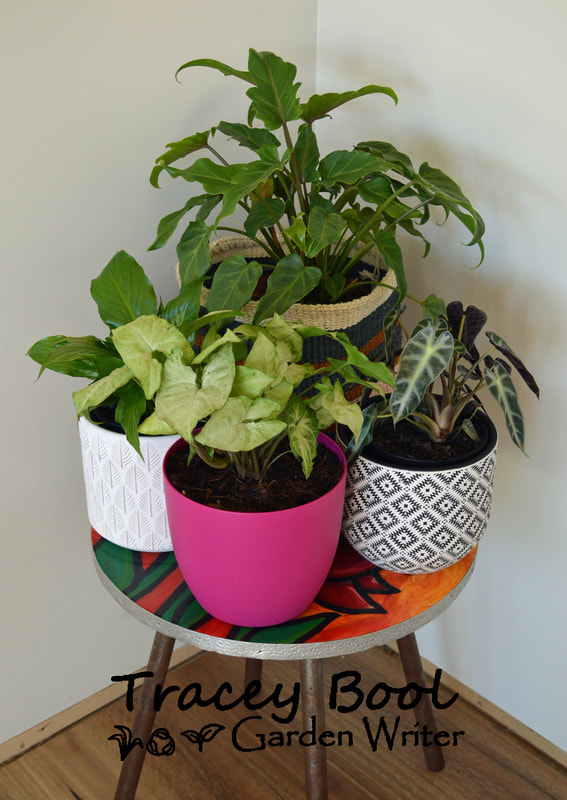|
Growing Green on the Inside
Have you ever considered growing indoor plants but aren’t sure where to start? Or perhaps you have a tortured specimen or two hiding in a neglected corner and are at a loss of how to love them? Indoor plants brighten up your home, freshen the air and one’s soul, and they are a perfectly valid and healthy obsession. The following tips will help get you hooked, I mean, started: Environmental requirements: Generally, plants used for indoor use are sub-tropical and/or adapted to bright but no harsh direct sunlight. Many require varying degrees of humidity. A well-ventilated spot with a stable temperature range is key – this means somewhere with fresh but not gusty air from central heating or cooling vents. Popular spots include windowsills, bathrooms, and any other bright rooms where people can enjoy their beauty. Spacing your plants so foliage isn’t touching helps maintain air circulation and maximise access to light. Also, turning your pot plants regularly ensures uniform growth. Potting mixes & pots: Indoor plants need a good quality potting mix which has excellent drainage and only moderate levels of fertiliser added. There are a range of indoor specific potting mixes commercially available. Potting mixes should be replaced around every two years as its quality deteriorates over time. Pots suitable for indoor plant use come in an array of colours, types and materials. Self-watering pots are popular, as they come with a water reservoir in the base and reduce the frequency of watering required. Woven pots and macramé hangers, both popular in the 80’s, have made a comeback and can be made at home using beautiful textured materials, including upcycled ones. Watering & Fertilising: The water and fertiliser requirements of indoor plants is considerably less than those grown outside, largely due to lower evaporation and growth rates. As a guide, weekly watering during warmer weather and fortnightly watering during winter is all that’s needed for most varieties. Wherever practical, it is beneficial to take your plants outside to give them a thorough water, including of the foliage. This is more natural and helps remove dust from the leaves. Avoid leaving pots sitting in trays of water as you can cause waterlogging and pest and disease issues, which are detrimental to plant health. Fertilise with controlled release and liquid fertilisers designed for indoor plants. Some other products may be suitable when applied at half the recommended rate. |

